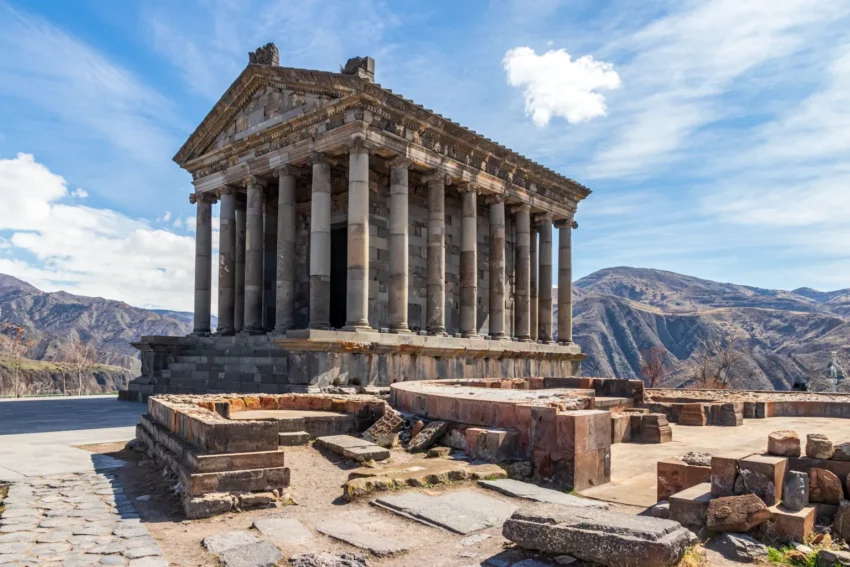The Historical and Archaeological Significance of Garni
Garni, located in modern-day Armenia, stands as a testament to the region’s rich historical and cultural heritage. This ancient site, primarily known for its well-preserved Hellenistic temple, offers valuable insights into the architectural and religious practices of the time.
Get your dose of History via Email
The Temple of Garni
The Temple of Garni, constructed in the 1st century AD, is the most prominent structure at the site. King Tiridates I commissioned the temple, likely dedicated to the sun god Mihr. The temple’s Greco-Roman architectural style, featuring Ionic columns and a triangular pediment, reflects the influence of Roman culture in Armenia.
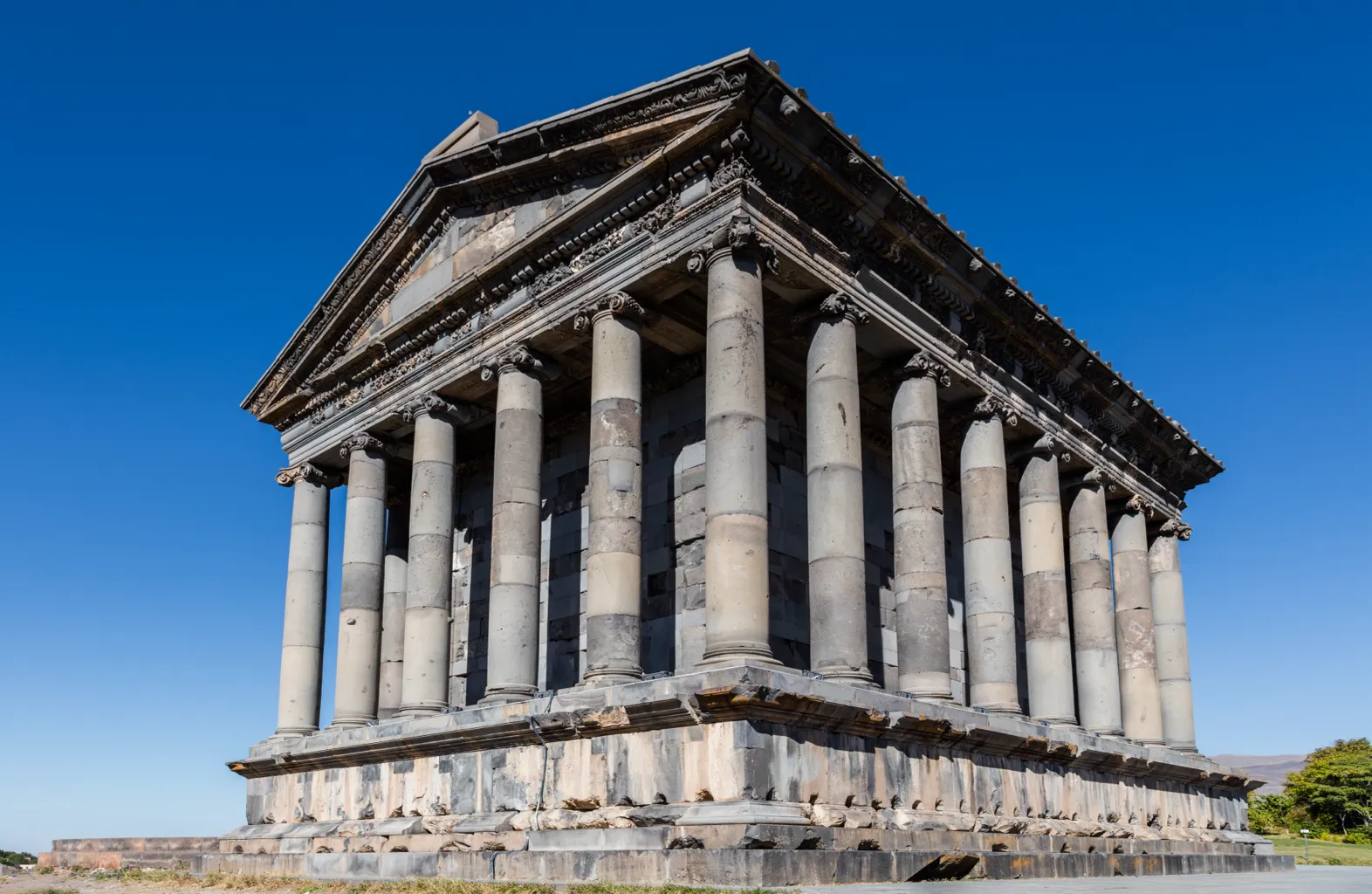
Historical Context
Garni’s history dates back to the 3rd millennium BC, with evidence of human settlement during the Bronze Age. The Urartians, an ancient civilization, occupied the area in the 8th century BC. They built fortifications and left behind inscriptions. Later, the Achaemenid Empire controlled the region until Alexander the Great’s conquests in the 4th century BC.
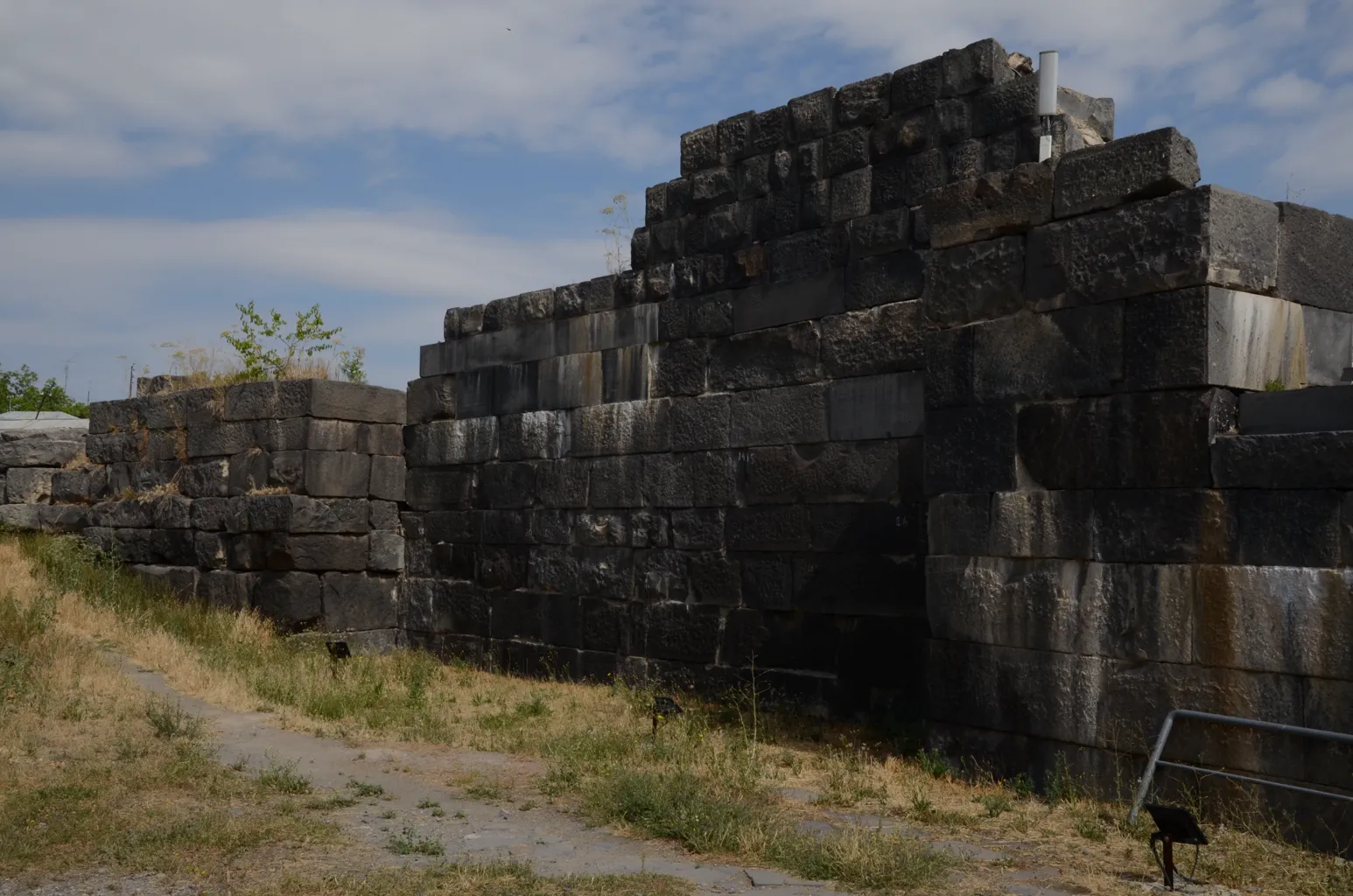
Roman Influence
In the 1st century AD, Armenia became a client state of the Roman Empire. This period saw significant cultural and architectural exchanges. The Temple of Garni exemplifies this blend of local and Roman influences. Roman baths, mosaics, and other structures at Garni further illustrate this cultural synthesis.
Archaeological Discoveries
Excavations at Garni have unearthed various artifacts, including pottery, tools, and inscriptions. These findings provide valuable information about the daily lives and practices of the ancient inhabitants. The site’s fortifications, dating back to the Urartian period, reveal advanced engineering skills.
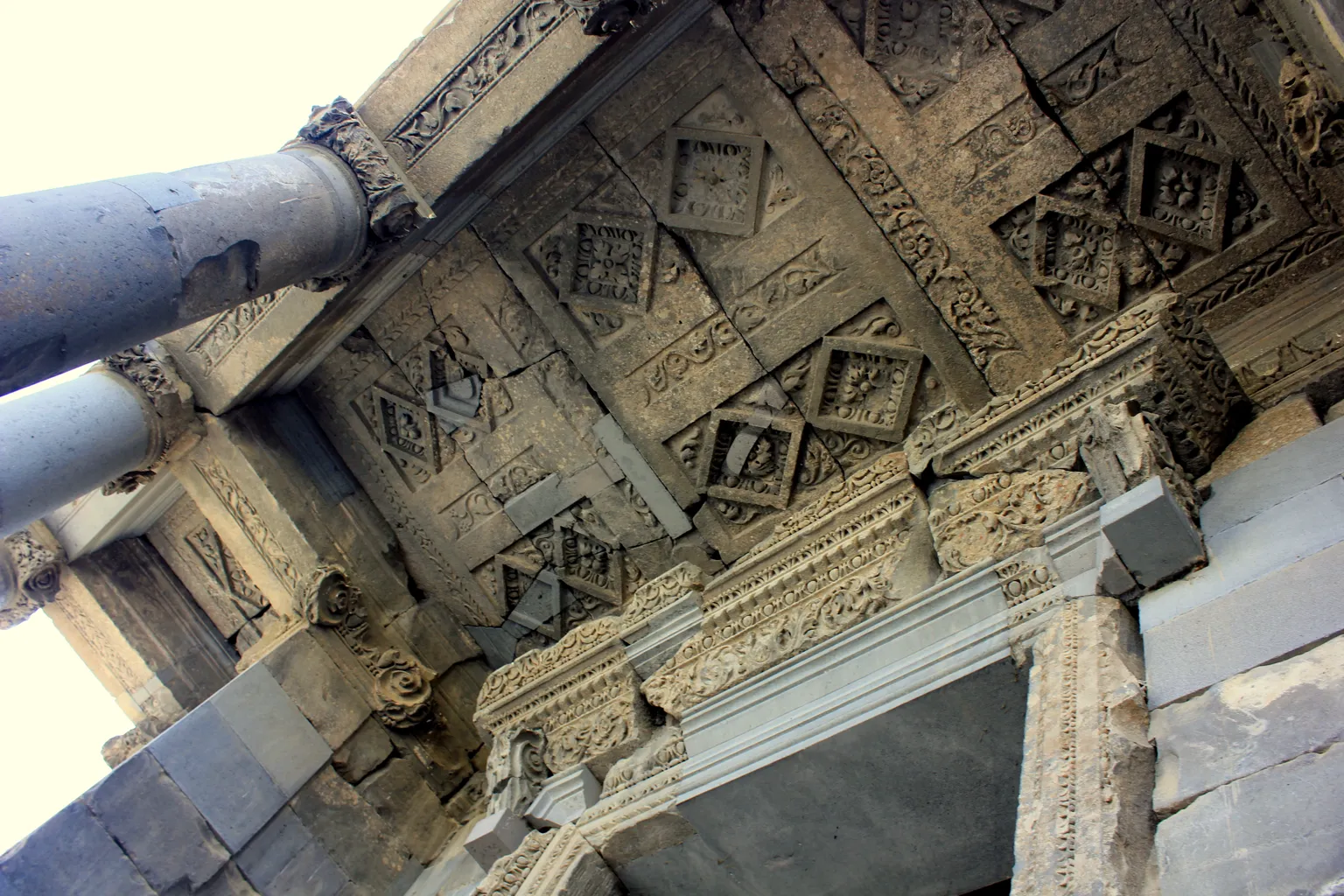
The Bathhouse
The Roman bathhouse at Garni, built in the 3rd century AD, showcases the sophistication of Roman engineering. The bathhouse features a hypocaust system, which heated the floors and walls. Intricate mosaics depicting mythological scenes adorn the bathhouse, highlighting the artistic skills of the time.
The Fortress
Garni’s fortress, with its strategic location on a cliff, served as a defensive stronghold. The fortress walls, constructed with large basalt blocks, demonstrate advanced masonry techniques. The fortress provided protection against invasions and played a crucial role in the region’s defense.

Religious Significance
The Temple of Garni remained a significant religious site until the adoption of Christianity in Armenia in the early 4th century AD. The temple’s conversion into a Christian church marked a shift in religious practices. However, the temple’s original structure remained largely intact.
Preservation and Restoration
Efforts to preserve and restore Garni began in the 20th century. Archaeologists and historians have worked to maintain the site’s integrity. Restoration projects have focused on stabilizing the temple and other structures, ensuring their longevity for future generations.
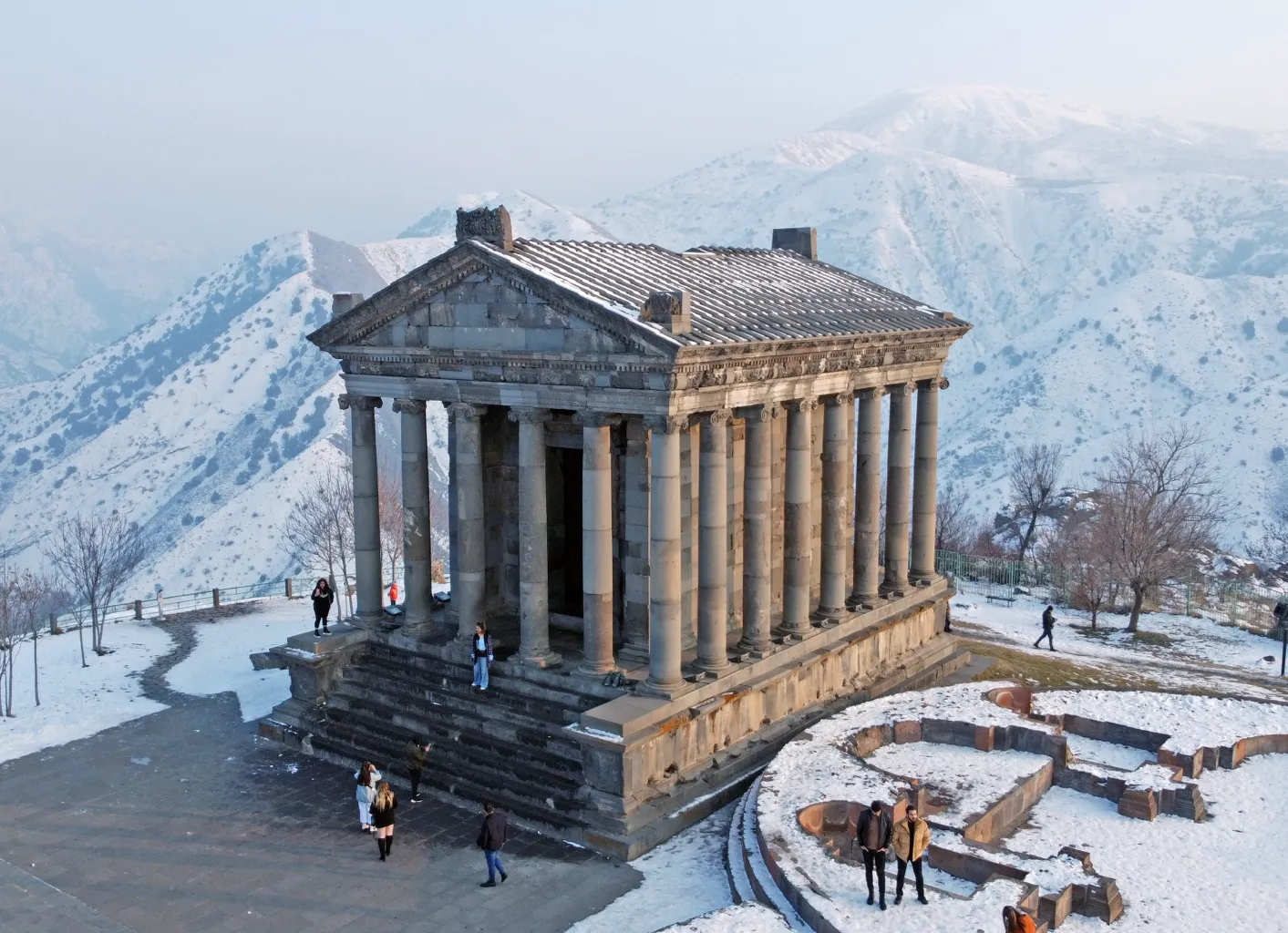
Conclusion
Garni offers a unique glimpse into Armenia’s ancient past. The site’s architectural marvels, historical significance, and archaeological discoveries make it a valuable resource for understanding the region’s cultural heritage. Continued preservation efforts will ensure that Garni remains an important link to our shared history.
Sources:

